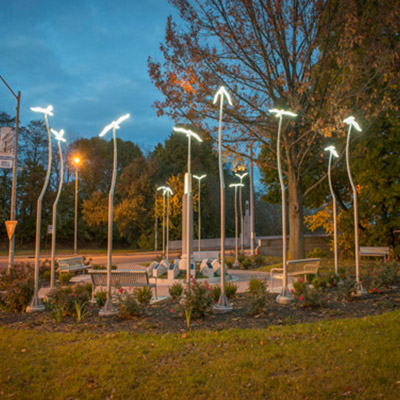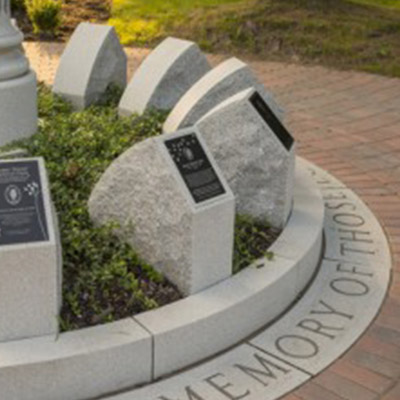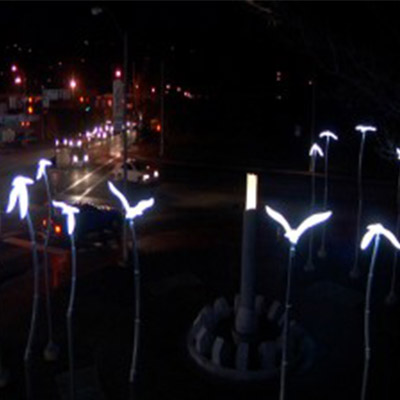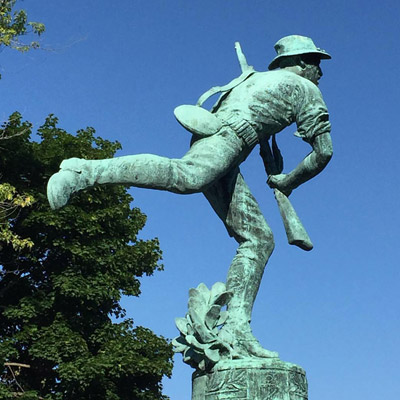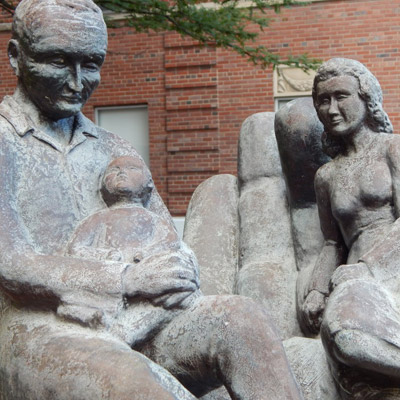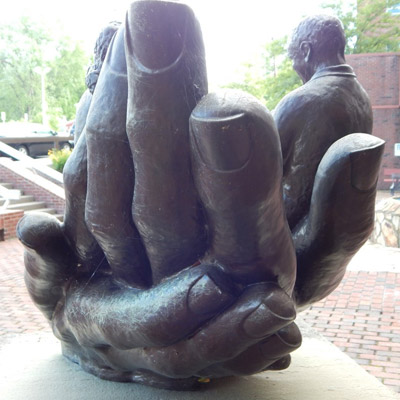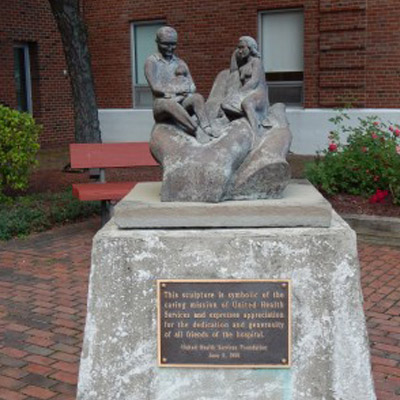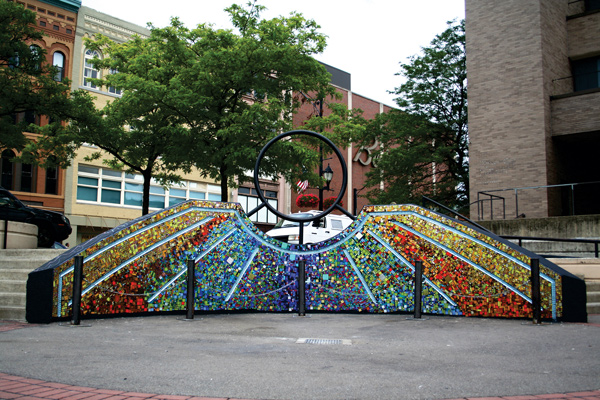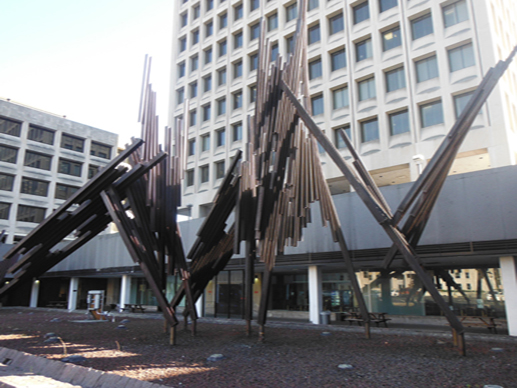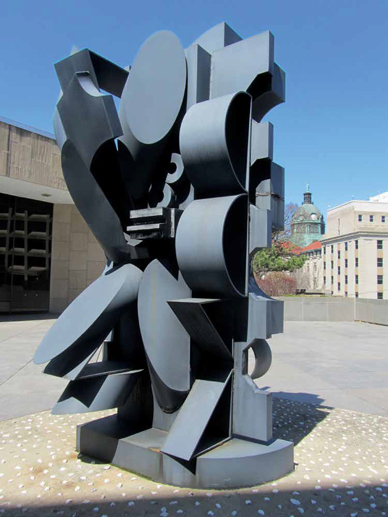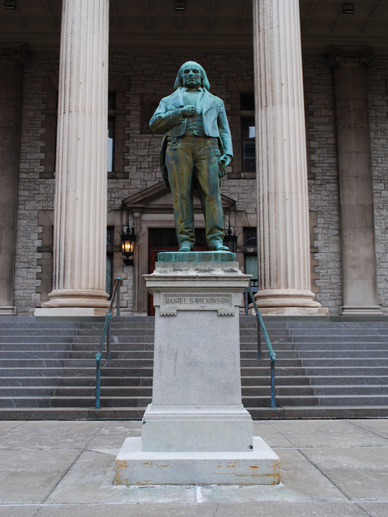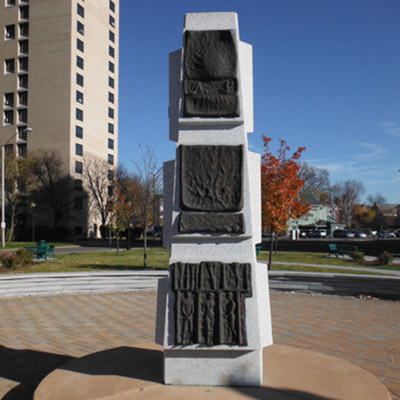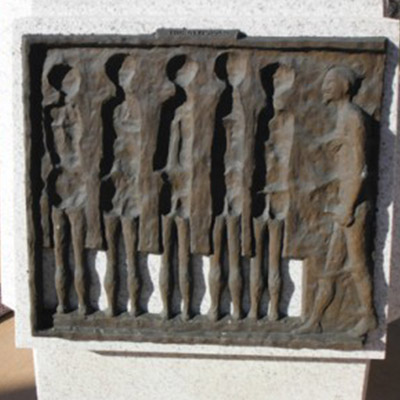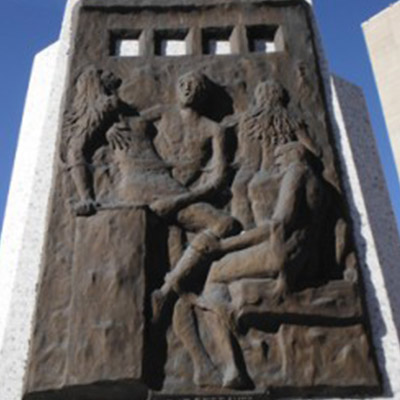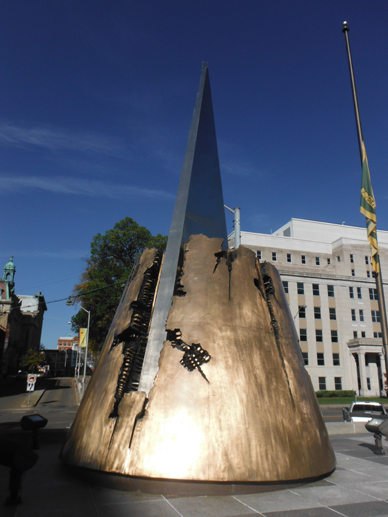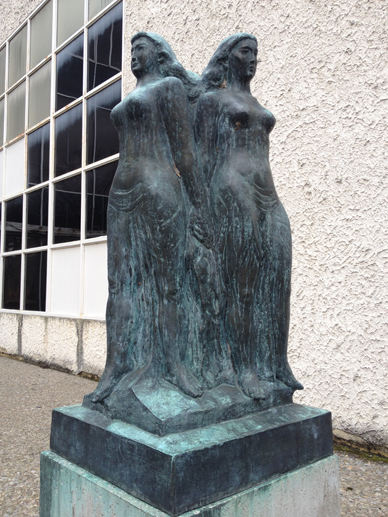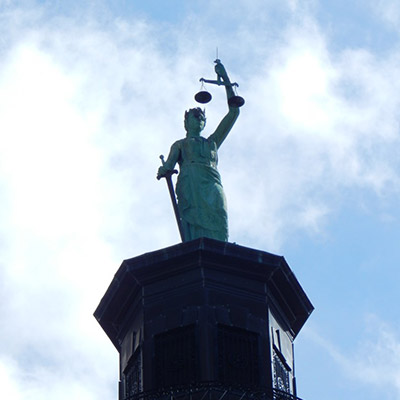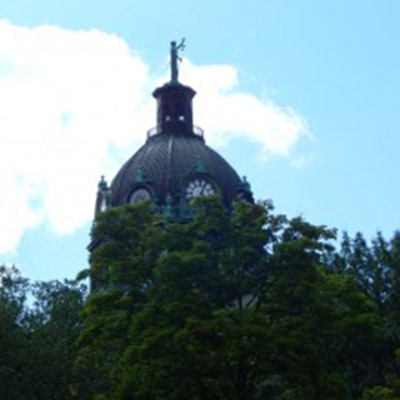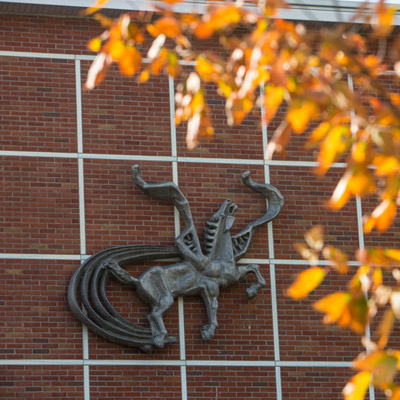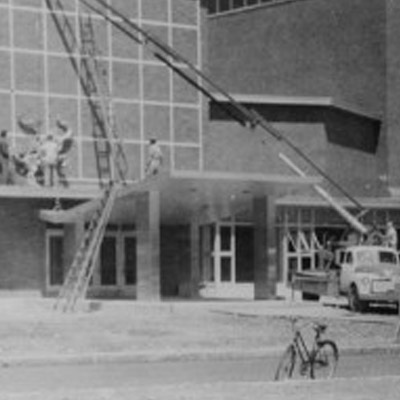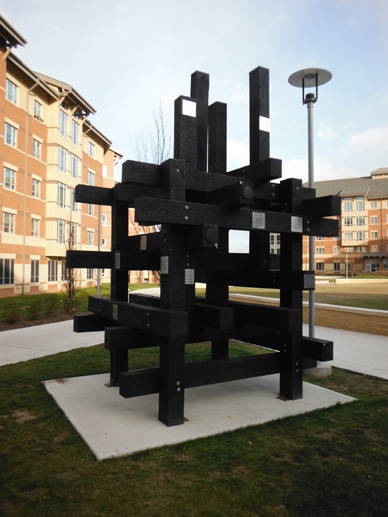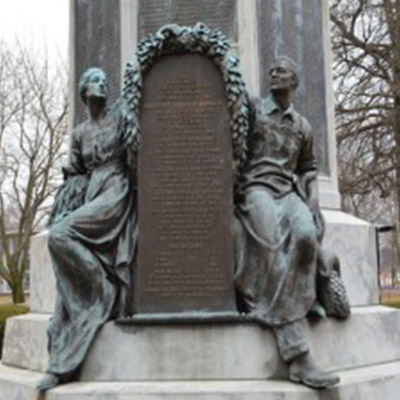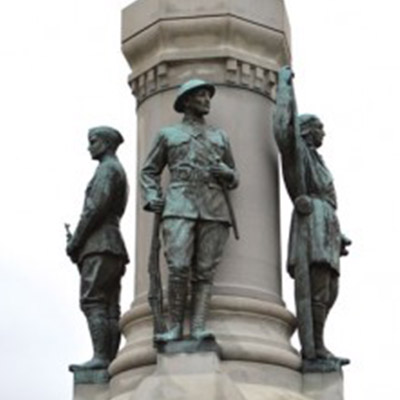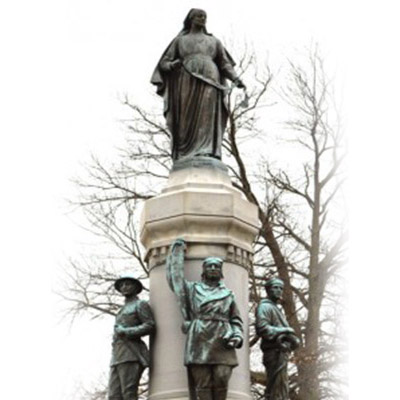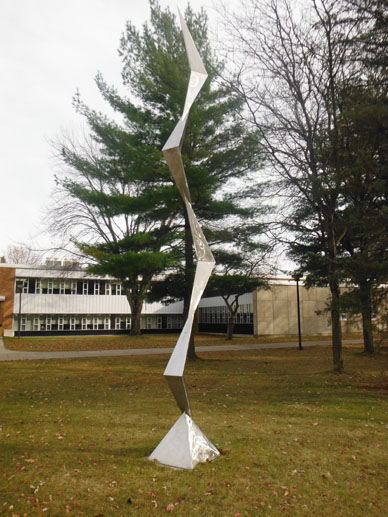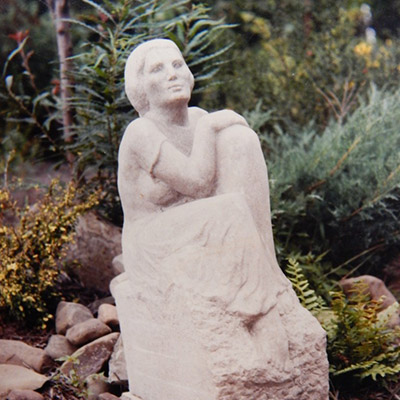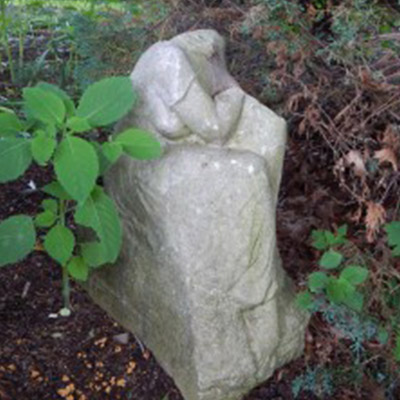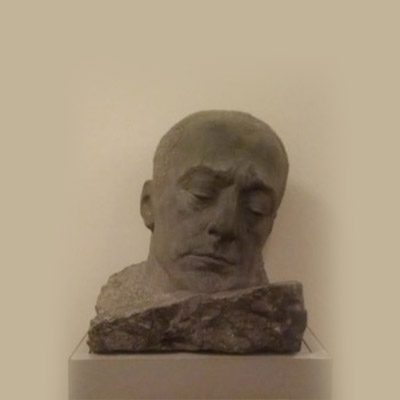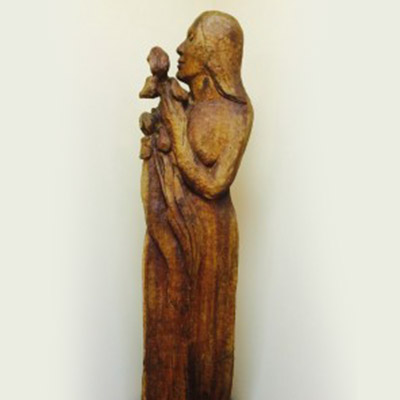Reviewed by David L. Schriber
I’m glad I read the e-mail from the Binghamton Philharmonic, so I knew which organist would present the Valentine’s Day pre-concert prelude Saturday on The Forum’s Robert Morton Theater organ. I would have been disappointed to miss hearing my fellow chorister and friend Claudia Kachmarik, a member of the Binghamton Theater Organ Society, the organization that maintains the instrument at the downtown Binghamton performing arts center.
Kachmarik always finds it a treat to play this nostalgic symbol of a bygone era. On Saturday, she offered a variety of popular songs with a love theme, mostly by lyricist Johnny Mercer, including “Blues in the Night” (1941) and “Days of Wine and Roses” (1962).
The Morton offered the typical sound that distinguishes a theater organ from a classical concert or church organ. The pedal stops sounded rather mushy to me, and the swell pedal (that crescendos the organ to full voice) seemed quite touchy. I found Kachmarik uncharacteristically reserved in her choice of registration. Maybe this is was because she is still becoming acquainted with the Morton’s myriad combinations; perhaps it’s because a good organist is disciplined enough to know that just because you find a chest full of intriguing toys, you don’t have to play with every one of them each time.
She nicely highlighted the celeste stop in “Glowworm” (1950) and the xylophone stop in “You Must Have Been a Beautiful Baby” (1938). She played “A Time For Us” (1968) with a delicate reed in the melody. The Morton must have been happy to play again songs popular in its heyday such as “Jeepers Creepers” (1938) and “Atchison Topeka and Santa Fe” (1946). As something of a ferroquinologist, I would have loved to hear a four-note steam engine whistle on this organ! One of the traits of theater organs, of course, contrasted with the typical classical concert organ, is its variety of exotic and fun sounds; if a concert organ is an orchestra in a box, then the theater organ is a one-man-band in a box.
Organists, especially church organists, are accustomed to people treating their art as background music to cover boisterous chit-chat, but one is disturbed to find this behavior in the Broome County Performing Arts Center, even by the ushers! (Note: The parishioners of First Congregational UCC Church in Greene, where Kachmarik is organist and choir director, have better manners – they sit quietly and attentively to listen to the organ, even the postlude, as I can attest from many visits there.)
Another nit to pick with the ushers: Some were late in admitting patrons, so the music had begun before we could find our seats.
ABOUT THE MORTON ORGAN
The Morton organ is not original to The Forum and, in fact, is quite rare in the East. Robert Morton organs were manufactured in Van Nuys, Calif., prior to 1931 and so were more commonly found in the West, while Wurlitzer, from my hometown area of Buffalo, was the common name here in the East. Other Mortons still playing in the East are in Jersey City, N.J., and Columbus, Ohio. The Forum’s four-manual, 24-rank Morton was played in Denver, about seven years in a theater, then 40 in a church. It was rescued from ignominious retirement in a shed in Michigan and brought here in 1975 to be restored and enjoy resurrection to its original lifestyle. We hope the BTOS will be able to document more complete information about this instrument on its Web site.


